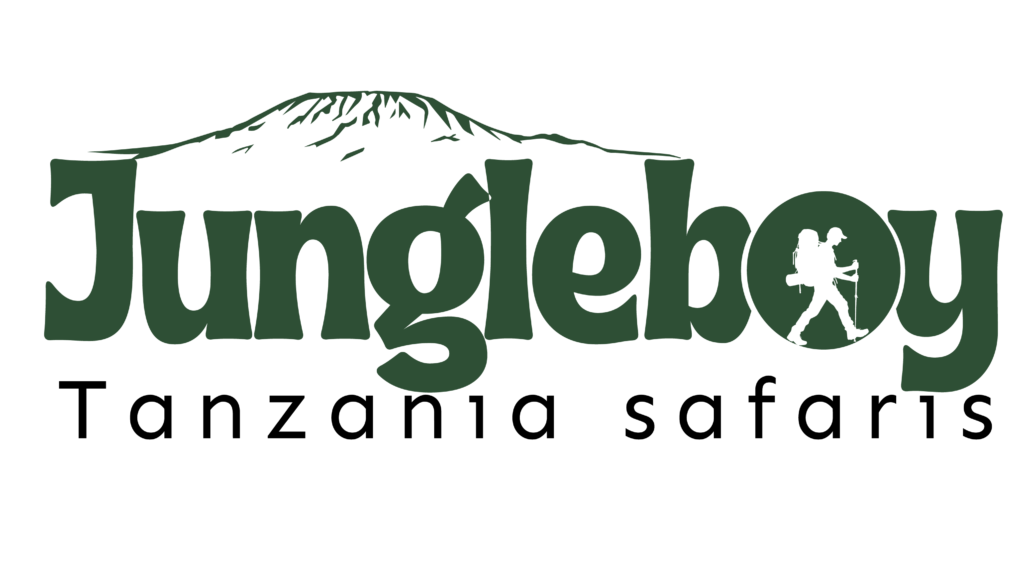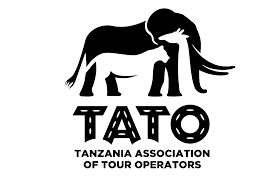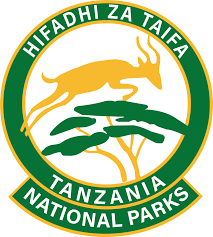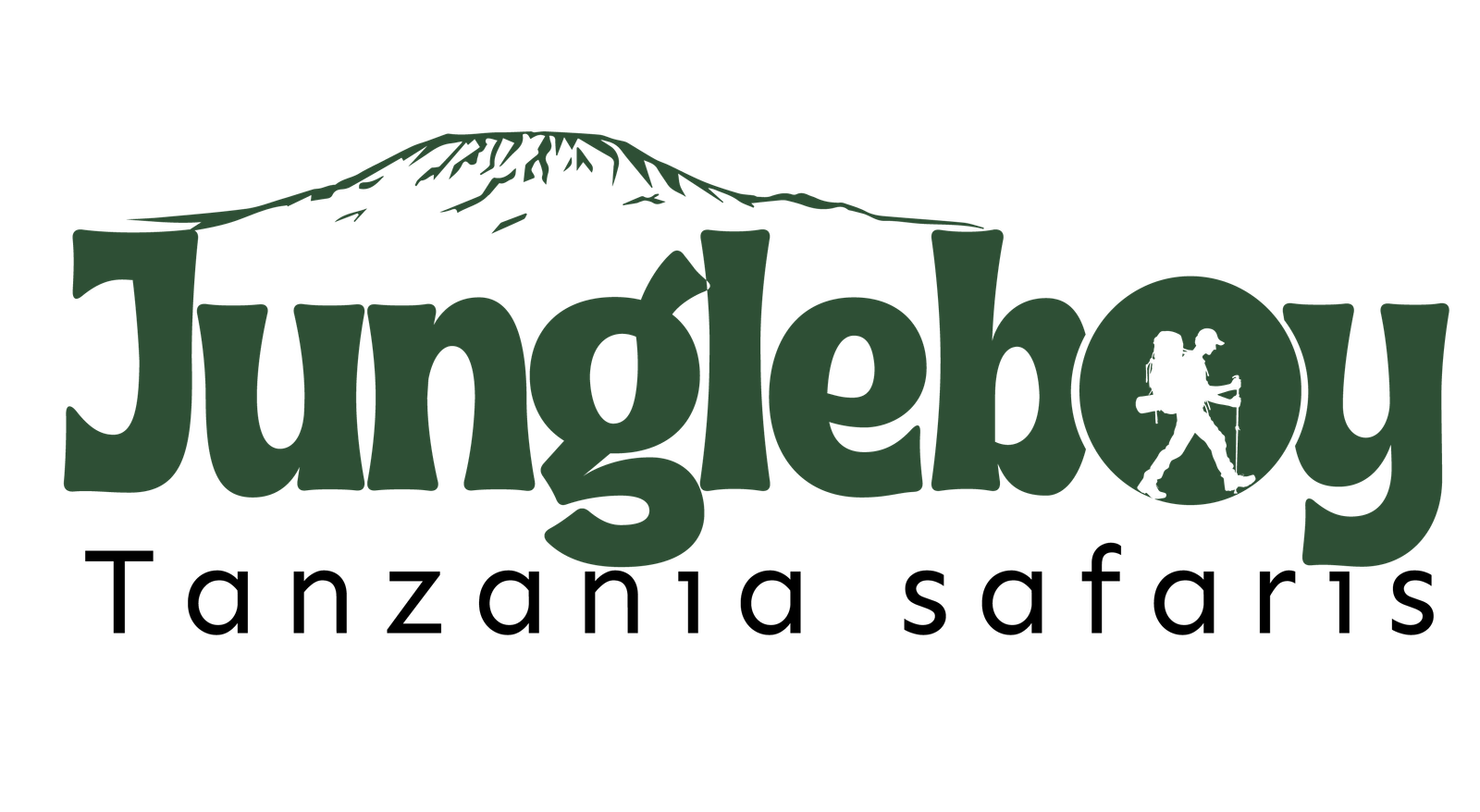Gorilla trekking is one of the most sought-after wildlife experiences in the world, offering adventurers the chance to observe majestic mountain gorillas in their natural habitat. If you’re planning this once-in-a-lifetime journey, understanding the best time to go can make a significant difference to your experience. This guide will help you identify the ideal times for gorilla trekking, what to expect during different seasons, and tips for making the most of your adventure.
Understanding Gorilla Trekking Seasons
Gorilla trekking is available year-round in countries like Uganda, Rwanda, and the Democratic Republic of Congo. However, the weather patterns in these regions create distinct trekking seasons:
Dry Seasons (June to September and December to February)
The dry seasons, spanning June to September and December to February, offer the most favorable conditions for gorilla trekking. With minimal rainfall, the trails are less muddy and easier to navigate, allowing for a more comfortable hiking experience. During these months, the gorillas tend to stay within accessible areas of the forest, increasing the likelihood of successful sightings. The dry season’s clear skies and pleasant weather also make it an ideal time for combining gorilla trekking with other outdoor activities such as cultural tours and game drives.
Wet Seasons (March to May and October to November)
The wet seasons, from March to May and October to November, transform the trekking experience into a lush and tranquil adventure. Heavy rains make the trails more challenging, often muddy and slippery, requiring greater physical effort. However, these months bring out the rainforest’s vibrant greenery, offering stunning backdrops for photography and a heightened sense of serenity due to fewer visitors. Bird enthusiasts will appreciate the increased avian activity, and accommodations may offer discounts, making it an attractive option for budget-conscious travelers seeking a unique perspective on the gorillas’ habitat.
Best Months for Gorilla Trekking
June to September: This period is the most popular for gorilla trekking. With minimal rainfall, visitors enjoy clear skies and manageable trails. It’s also the peak tourism season, so booking permits and accommodations well in advance is crucial.
December to February: Another dry season, this period is ideal for trekking. The weather is favorable, and visitor numbers are slightly lower compared to the mid-year peak season.
March to May and October to November: Although these months fall in the rainy season, they can be rewarding for those who prefer quieter treks. Accommodations may also offer discounted rates during this time.













